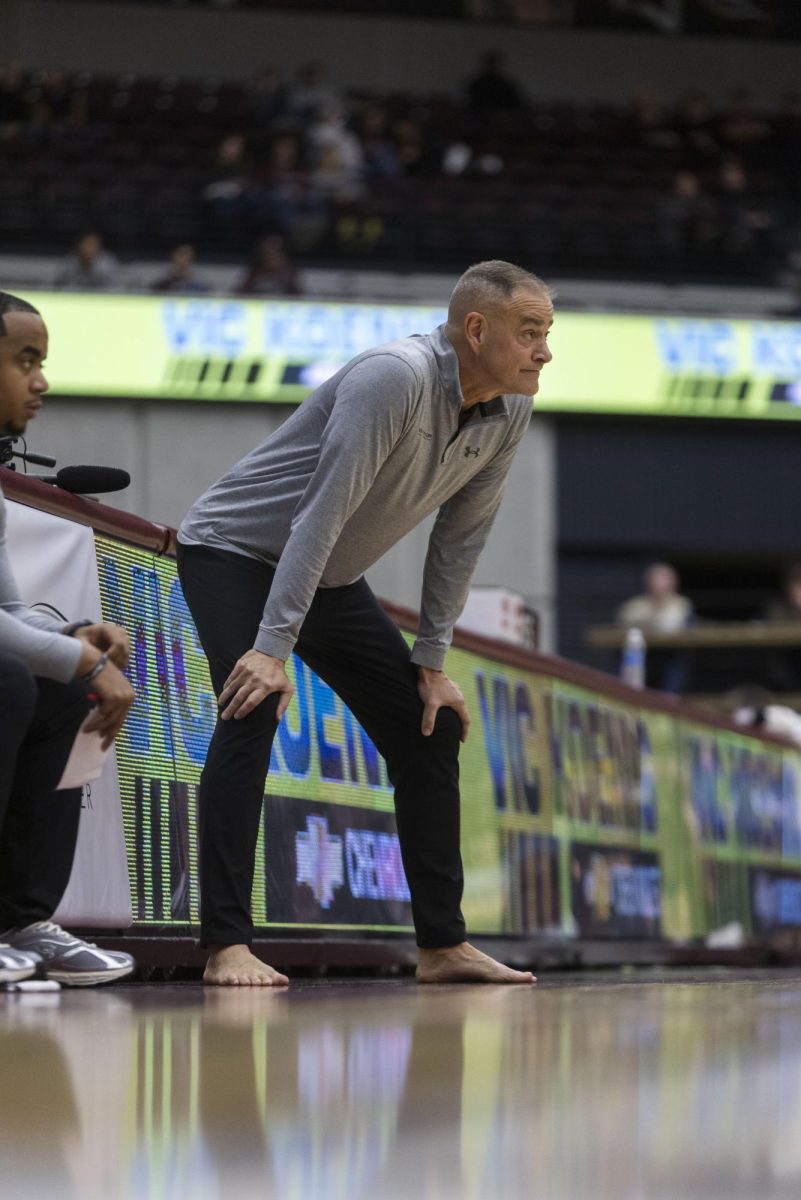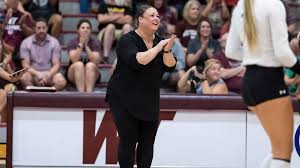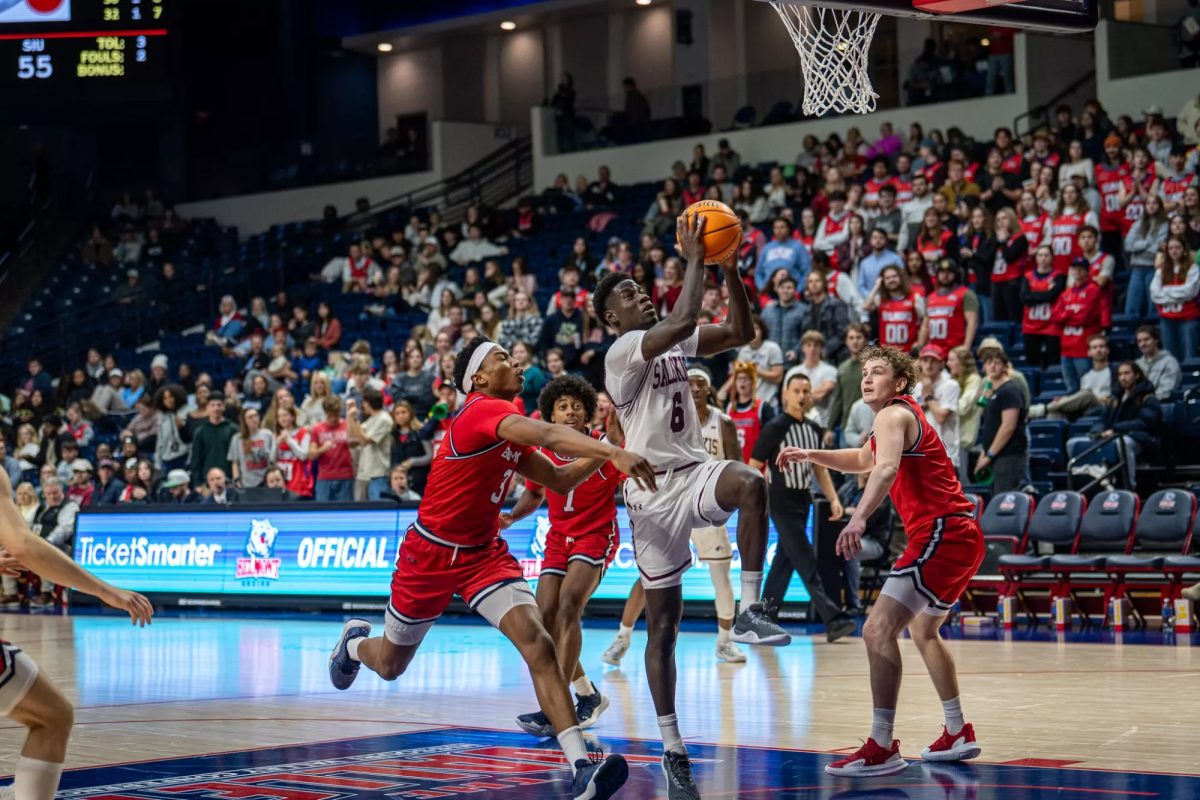No bang for the buck
August 28, 2003
NCAA report shows rising budgets fail to bring in titles
Twenty-two points, plus triple-word-score, plus fifty points for using all my letters. Game’s over. I’m outta here.Athleticbudget_8/29_ah
A new report released this month by the National Collegiate Athletic Association said schools’ athletic budgets continue to soar – but their results often fail to get off the ground.
Advertisement
In its inaugural scientific study on the impact of intercollegiate sports spending, the NCAA said last week that its members on average set aside about 3.5 percent of their total budgets to athletics, and nearly every program regularly posts negative revenues.
The findings from the two-year study, hailed by the NCAA as the most inclusive of its kind, show that athletic operating expenses of schools in the upper echelon of Division I-A rose 62 percent from 1996-1997, compared to a 39-percent increase in total university spending.
NCAA President Myles Brand told USA Today he expects the report “will result in more restrained and measured spending,” and will urge university presidents to resist making unnecessary investments.
“They can say ‘no,’ where it was much harder to say ‘no’ before,” Brand said.
But that was not the mindset of SIU Athletic Director Paul Kowalczyk, who said he found some discrepancies with the findings of the study. He said that with the Athletic Department’s current budget of $6.3 million, which comprises about 1.2 percent of the University’s overall budget, SIU is relatively unaffected by the report.
“If I read it and interpreted it verbatim it basically says that based on our current budget, our basketball team should be winning national championships, and that’s just not possible,” Kowalczyk said.
In addition to the drastic increase in overall spending, the report also shows sprawling budgets do not reel in more victories or higher-caliber applicants for admission. Nor does augmented costs for football or men’s basketball produce medium-term increases in winning percentages or net operating revenue.
Advertisement*
According to the study, of the 117 Division I-A programs, 40 percent reported an operating profit in 2001; but state and school subsidies aside, only 6 percent ended the year in the red. And for every additional dollar spent on daily operations in football and men’s basketball, schools typically realized only an additional dollar in revenue.
Brand trumpeted the results of the report as “myth-breaking,” telling the Associated Press the public has framed its opinions of schools’ athletic budgets based on extreme assumptions.
He also recalled instances where reporters had speculated universities doled out nearly a quarter of their total budgets to intercollegiate sports, far more than the 3.5 percent figure compiled by the study.
“It’s just not appreciated what the reality of the situation is,” Brand said.
Although the report is intended to curb spending, it is unlikely to make a dent in the annual spending of powerhouse programs like Ohio State, Florida, Nebraska and Tennessee. Those schools’ budgets all loom near $50 million, with a large chunk of that committed to their football teams.
But the NCAA’s findings may raise some eyebrows among lower-division schools considering an upgrade to I-A.
Kowalczyk said the Saluki football program has considered making that jump in the past, but the recent surge in expenses has effectively ended any thoughts of moving up.
“That’s just a huge step up for any school to take,” Kowalczyk said. “That would require giving out another 20 scholarships, recruiting nationally, flying first class and just generally running the program at an entirely different level. And it’s not just football either; it eventually trickles down to other sports as well.”
Fourteen programs have made similar moves in the past 12 years, and of those schools, only Marshall currently has a budget in excess of $10 million. And the Mid-American Conference member recently cut its men’s track program in an effort to trim its budget to $11.5 million.
While Kowalczyk noted that Marshall is perhaps the greatest example of a smaller school having success at the I-A level, he said the SIU football program has a long way to go before it’s ready to follow in the Thundering Herd’s footsteps.
“Over the last 20 years with the increased budgets, television money and fundraising, all the components have changed,” Kowalczyk said. “I’ve been around I-A programs before at Kansas State and Northwestern, and I’ve seen how it’s done at that level and it’s a big leap.”
That leap may now be a much bigger hurdle thanks to the economic-consulting firm Sebago Associates, which conducted the study examining athletic trends in the past decade, focusing on operating expenses such as salaries, team travel expenses and scholarship costs.
One area the Sebago team of Robert E. Litan, Jonathan M. Orszag and Peter R. Orszag may have neglected in their study was the issue of athletic programs building new facilities.
Chronicle of Higher Education Editor Welch Suggs, who recently compiled a study of the loss of male athletes due to Title IX, said construction of new athletic complexes is one of the chief components of the so-called “arms race” of intercollegiate athletics.
“That is really the biggest thing and it’s really only a sticky point for the top quartile of teams in Division I,” Suggs said.
But the construction of new facilities will soon be under greater scrutiny because, as Suggs said, the NCAA has already hired a group of associates from the Andrew W. Mellon Foundation, one of the country’s most illustrious non-profit corporations, to conduct a study.
“At this point they haven’t yet set a time table for this study, but the results could show findings similar to this one,” Suggs said.
While many I-A programs sweat the results of the current spending study and await the findings of the facilities report, Kowalczyk said he expects the impact on the SIU program to be minimal.
“Perhaps at the Big 10 level the difference between wins and losses and the correlation to spending is significant,” Kowalczyk said. “But a lot of the things those schools do we just really have no need to do.”
Reporter Andy Horonzy can be reached at [email protected]
Advertisement








